What is Google Sandbox?
If your web domain is new, chances are that you will not be featured at the top of SERPs. Not ranking high despite using every SEO strategy available is not due to a flaw in your webpage or SEO campaign. It’s because of Google Sandbox.
What exactly is Google sandbox in SEO? In simple terms, this is sort of a probation period for new websites where certain restrictions are put on young web pages. The main reason behind this is what Google considers relevant. The search engine considers older pages to be more authentic based on rankings. While Google Sandbox isn’t officially acknowledged by the search engine, this phenomenon does exist on the web. First, Google filters new websites and the algorithm, then, ranks the old pages on top and the new ones get pushed below.
Identifying if your webpage has been sandboxed by Google is a beneficial exercise. If sandboxed, your website will only appear on the search page when you enter the actual domain name. When you search for keywords you’re targeting, Google will not display your site among the top results. If you have used backlinks, they, too, will not be shown.
While it might seem concerning to new webpage owners, the effects of Google Sandbox don’t last long. It all depends on the keywords and the search data. The Google Sandbox period is estimated to last for 6 to 8 months. Once this period passes, your website will be able to rank for keywords you’re targeting.
History of Google Sandbox
The Google Sandbox is an SEO concept from early 2004 that refers to Google’s algorithmic restriction applied to newly created websites to prevent them from ranking too high too quickly. Its mechanics and nature remain undisclosed by Google, leading to much speculation and conjecture in the SEO community.
Despite the lack of official information, many SEO professionals have observed the effects of the Google Sandbox on newly created websites. Typically, these sites will experience a delay in ranking or a penalty in the search results for a while before gradually improving their rankings over time. These consequences can be due to several factors, including the age of the domain, the quality and quantity of backlinks, and the amount and relevance of the content.
John Mueller, a Webmaster Trends Analyst at Google, has offered his perspective on the Google Sandbox in various forums and discussions. In a 2019 tweet, he stated that the Google Sandbox is not a specific algorithmic filter or penalty but a natural consequence of how Google’s algorithms work. He suggested that new sites initially may take longer to rank because they have less content and fewer backlinks and need time to build up their authority and trustworthiness.
Why is your new website not ranking?
Listing a site on Google does not guarantee high rankings. The site must be trustworthy, have the proper keywords, and have good authority on the topic. A backlink profile also helps. Despite having a good SEO campaign, websites still do not rank higher. There can be a few reasons for this:
1. High Competition
Competition is one of the major reasons for the fall in rankings. You will need to target keywords with less competition. Even if your website has the highest number of keywords, being a new entrant, your page will still be ranked lower. Google does not take the risk of featuring a new site with high-volume keywords. Trusted and old websites will feature at the top. The idea is to gain organic traffic. Focus on finding low-volume keywords that have low competition. You will rank high for keywords with low search volume as they are less risky. Once you start gaining organic traffic on your site, Google’s algorithms determine that you have quality content and increase your rankings by reducing your sandbox period.
2. Lack of Content
As soon as you publish a page, Google goes through its content. This helps the search engine gauge the importance and relevance of your topic. If your site does not have enough relevant content, Google will sandbox your site.
You will have to spend some time on your website and ensure the content is high quality for Google to understand. Pick a relevant topic, do a proper keyword search, and create your content. You should also publish more than one content piece to be considered an authority. These aspects make Google think that you are an expert in the field increasing the possibility of your website ranking high.
3. Absence of quality backlinks
Websites need backlinks. They are considered to be an important factor for rankings on Google. You will need to build a strong backlink if you want to rank higher. The absence of higher quality backlinks also leads to a drop in your rankings. Your content has to match the backlink. As your content grows, so should your backlinks. Random spikes of backlinks with no content is an incomplete effort to rank higher. You need to build organic growth since growth in spurts will make Google question your site.
4. Lack of user signals
Rankings are also decided based on user traffic. They improve once the consumer engages with a site and Google’s algorithms record this. The search engine analyses user data, bounce rate, and click-through rate. If your page lacks user signals, Google will sandbox your page as it shows that there is no real traffic being diverted there.
Audience engagement can help in higher rankings. Add reviews and comments sections and add your keywords in them so Google can pick them during searches. If the engagement rate is poor, fix the same with an SEO strategy.
How can you reduce the sandbox period?
It takes time for the site to get organic traffic. This period can last anywhere from one month to nine months. However, this waiting period can be reduced. There are a few things you can do:
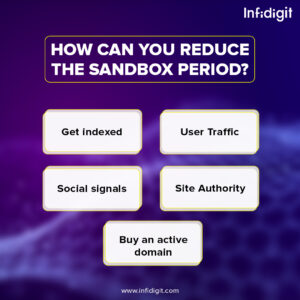
1. Get indexed
Check if your site has been indexed by Google. You have to type your domain name on Google search. If not, this is the first step you need to take. You just register your domain on the Google search console and submit your XML sitemap.
2.User traffic
Audience engagement helps in reducing the Google sandbox period. Getting organic traffic is one of the best methods as it helps in getting out of the Google sandbox faster.
3. Social signals
Performing social media activities is a great method to reduce the Google sandbox period. Create social media accounts for your brand, run ads, and keep your audience engaged. Link all activity from your webpage to social media since this gives Google the authenticity of your webpage.
4. Site Authority
When a new site is published, Google does not know how authentic the site or the content is. You need to build site authority. Use authentic backlinks, internal links, and mentions from high-ranking pages to build site authority.
5. Buy an active domain
Buying an active domain is one of the easiest methods to avoid Google sandbox. A website that has decent traffic saves time and you can purchase the domain and refurbish it as per your needs.
Unleash your website's potential by harnessing Infidigit's 400+ SEO audit to achieve peak site health & dominance on Google organic search. Looking for an extensive Unleash your website's potential by harnessing Infidigit's 400+ SEO audit to achieve peak site health & dominance on Google organic search.
SEO Audit for your website?

Can an old website be placed in the Sandbox?
While the Google Sandbox is primarily associated with newly created websites, older websites can experience similar ranking fluctuations or penalties. This can occur if the site violates Google’s quality guidelines or engages in manipulative SEO tactics that violate its algorithmic policies. Moreover, inactive websites are also vulnerable to Sandbox.
Here’s How You Identify if Your Website is in the Sandbox.
- Performing a site search using the Google Search Console can help identify whether your website is in the Sandbox. Check the “Valid but with the warning” section of the Coverage report. A low number of indexed pages in this section may indicate that your site is in the Sandbox.
- Monitoring your site’s Google Analytics data can also provide insight into whether your site is in the Sandbox. Look for a sudden drop in organic traffic or a decline in click-through rate (CTR) for your targeted keywords.
- SEO tools such as SEMrush, Ahrefs, and Moz can help identify a Sandbox effect by monitoring a site’s organic traffic, impressions, and ranking performance.
Does Google Disagree with the Sandbox’s Existence?
@JohnMu @methode can you please clarify whats called “sandbox” is it true ? cover all queries ? and how a n/site minimise the time into it?
— un rasage parfait (@unrasageparfait) June 16, 2016
we don’t have a “sandbox”. Don’t worry about it @JohnMu
— Gary 鯨理/경리 Illyes (@methode) June 16, 2016
no
— 🐝 johnmu.csv (personal) weighs more than 15MB 🐝 (@JohnMu) April 12, 2017
Here is John Mueller’s response to the sandbox effect question from a recent English Google Webmaster Central office-hours hangout, which was streamed on February 23, 2018.

With regards to sandbox, we don’t really have this traditional sandbox that a lot of SEOs used to be talking about in the years past. We have a number of algorithms that might look similar, but these are essentially just algorithms trying to understand how the website fits in with the rest of the websites trying to rank for those queries.
It’s always kind of tricky in the beginning when we have a new website and we don’t quite know where we should put it.
And sometimes what happens is our algorithms will kind of start at one place and see how that works out and kind of try to get a confirmation through all of the other signals that is actually working out.
Sometimes that results in things going afterwards, which is kind of sandbox that you’re talking about here.
Sometimes that results in things dropping down a little bit, which is I think the honeymoon period that people always talk about.
So its always kind of tricky in the beginning when we have a new website and we don’t quite where we should put it.
You kind of seen some changes in search happening there. Because when you have to make some assumptions and figure out, does it make sense to put it here? Are we seeing enough support after a while that is actually the right place? Or should we have ranked it higher? should we have ranked it lower? These things are kind of tricky with new content.
John Mueller, Webmaster Trends Analyst at Google
At the 23:05 minute mark, John Mueller discusses his honeymoon and the sandbox period.

The person asking the question is asking about new web pages.
The question asked:
“We see a spike in traffic shortly after introducing new types of pages followed by tapering off.
Though we don’t expect our users to behave any differently based on how long the content has been live, our content isn’t very time based nor at all newsy.
Do you have any thoughts on why we might see this sort of release spike?”
Google Has Systems that Make Assumptions About the New Content
John Mueller answered:
“I think probably what is happening in this particular case is that we’re seeing new content for a website and especially when it comes to new content on a website or new websites overall… there’s kind of this period where we recognize the new content, we can crawl and index the new content but we don’t have a lot of signals for that new content yet.
And then we have to make assumptions. And our systems try to make assumptions where they think this is probably in line with the rest of the website.
But sometimes those assumptions are on the high side where we say oh this is fantastic content, probably…
And sometimes the assumptions are more on the lower side where we’re a little bit more conservative and like, uh we have to be careful with showing this new content.
And that’s something where you’ll see that sometimes new content performs particularly well for a period of time and then it settles down again.
Sometimes it performs kind of badly initially and then settles down in a higher state.
This is something which is essentially just our systems kind of trying to figure out where this new content should fit in before we have a lot of signals about the content.”
Mueller explains about Google Sandbox and Google Honeymoon for new pages.
“In the SEO world this is sometimes called kind of like a sandbox where Google is like keeping things back to prevent new pages from showing up, which is not the case.
Or some people call it like the honeymoon period where new content comes out and Google really loves it and tries to promote it.
And it’s again not the case that we’re explicitly trying to promote new content or demote new content.
It’s just, we don’t know and we have to make assumptions.
And then sometimes those assumptions are right and nothing really changes over time.
Sometimes things settle down a little bit lower, sometimes a little bit higher.”
Conclusion
Google sandbox sounds like a bad thing but it’s not. Using this probationary time acts in your favor. You must focus on aspects that will help you get out of the sandbox faster and generate higher rankings. Concentrate your efforts on building a domain. Remember, Google may be the primary search engine but is not the only one.
Popular Searches
How useful was this post?
5 / 5. 1












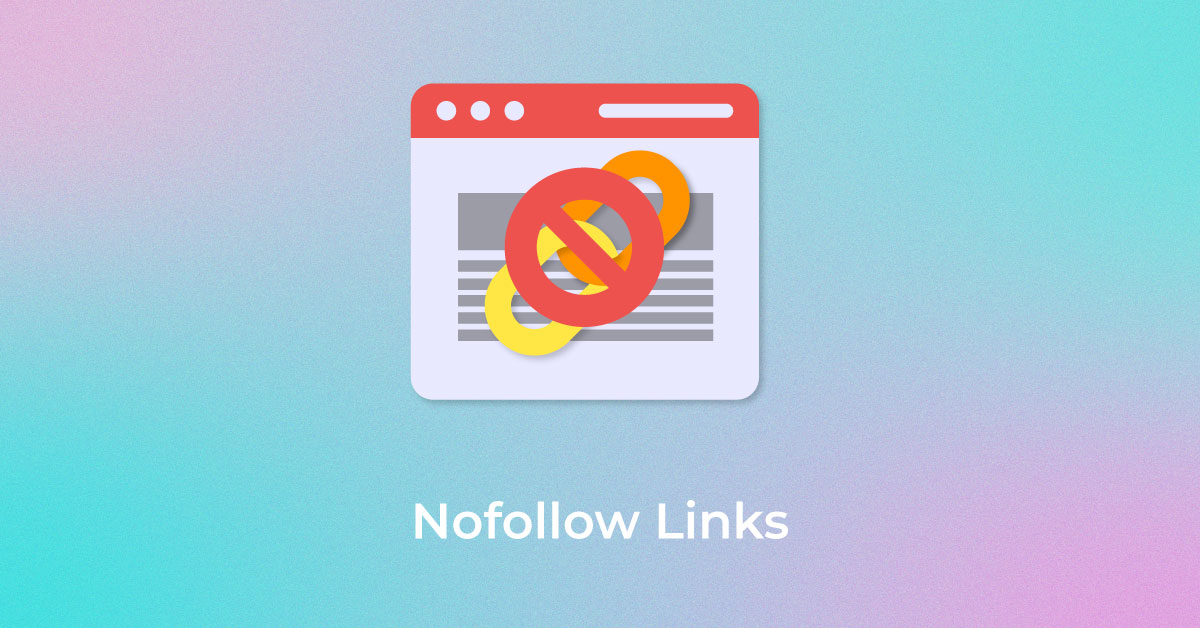
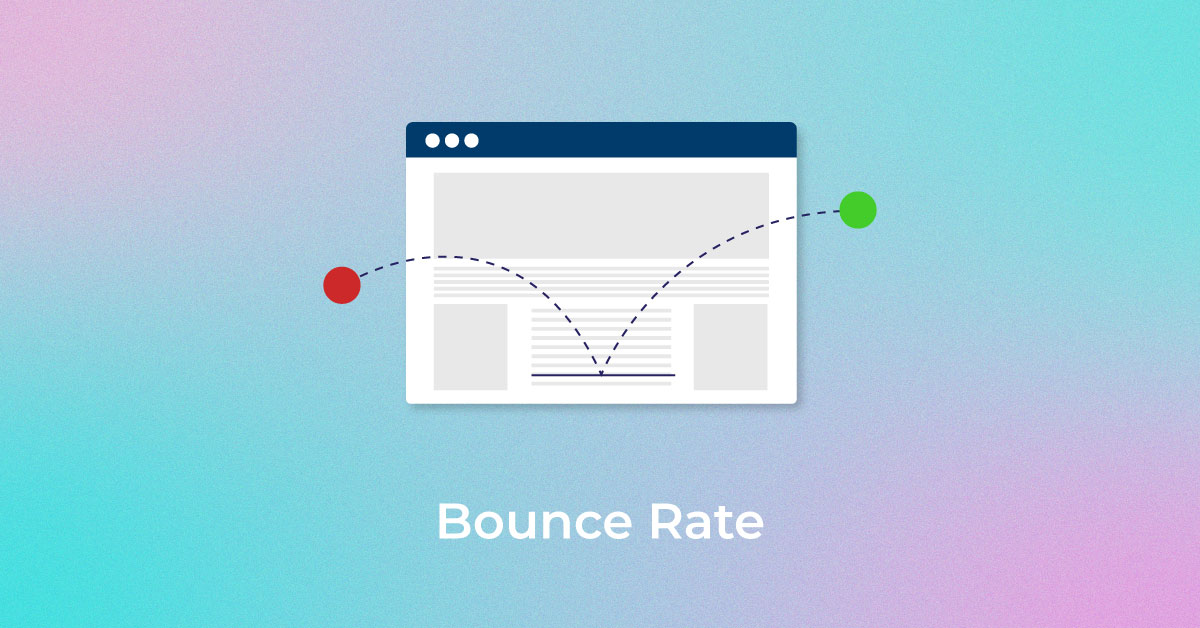

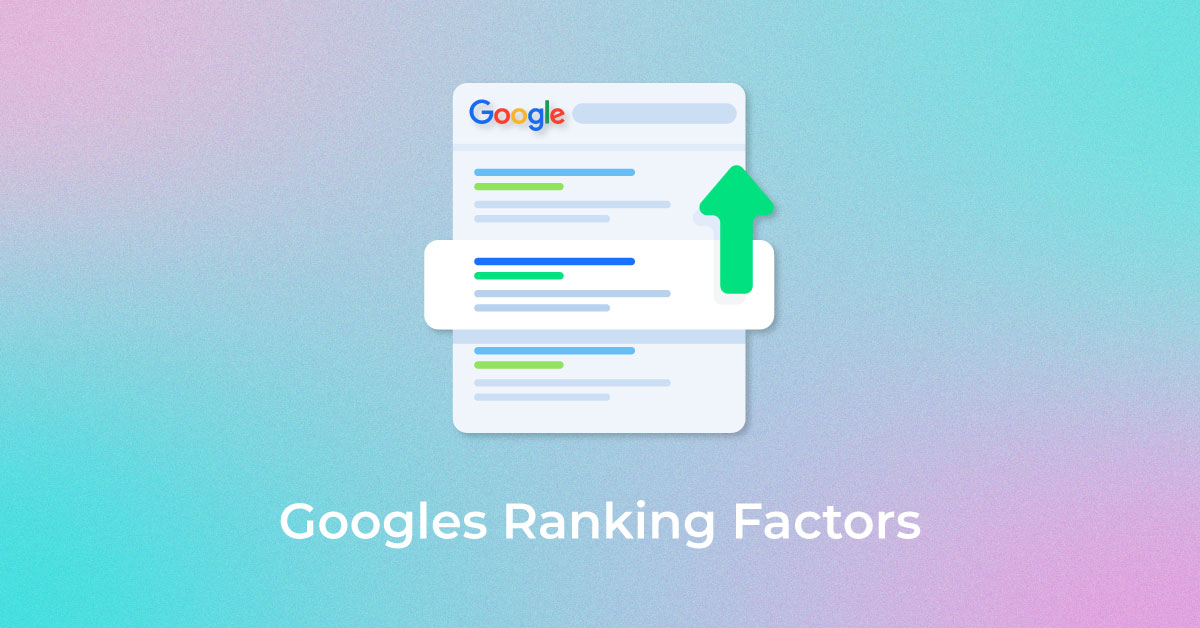
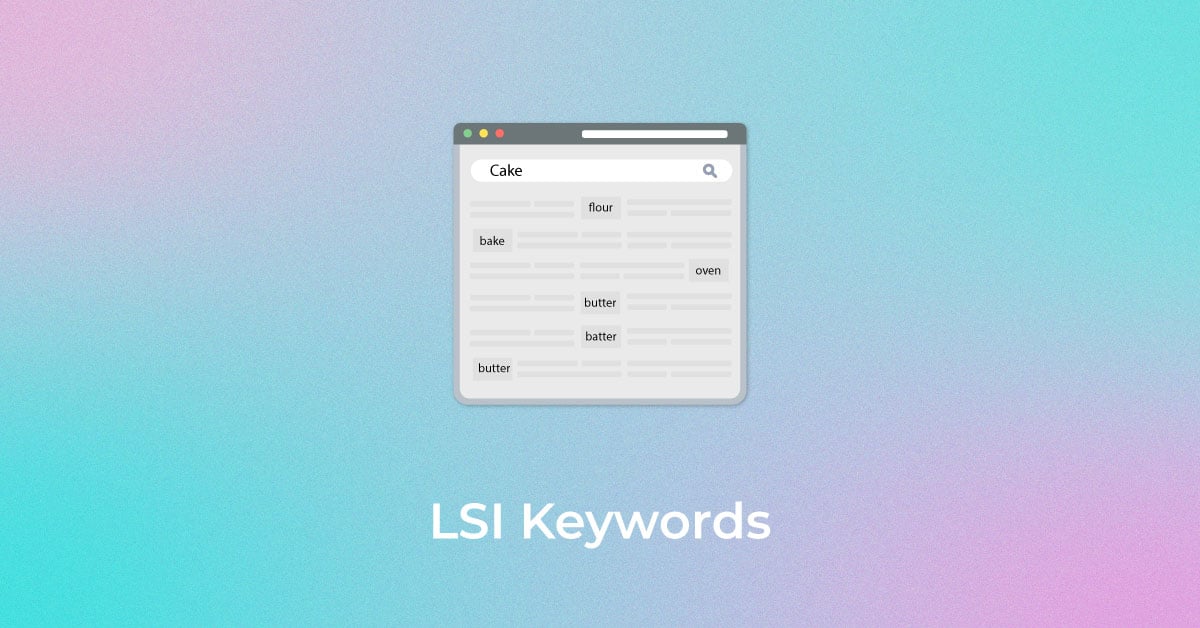


2 thoughts on “What is The Google Sandbox?”
I wanted to thank you for this fantastic read!! I absolutely enjoyed
every bit of it. I have you bookmarked to look at new things you post.
We are glad that you liked our post. Check out our latest posts for more updates.